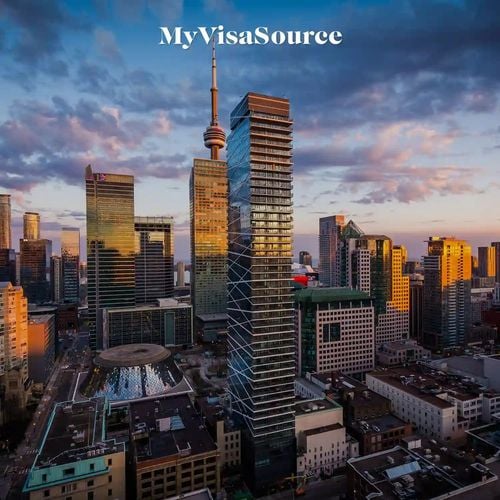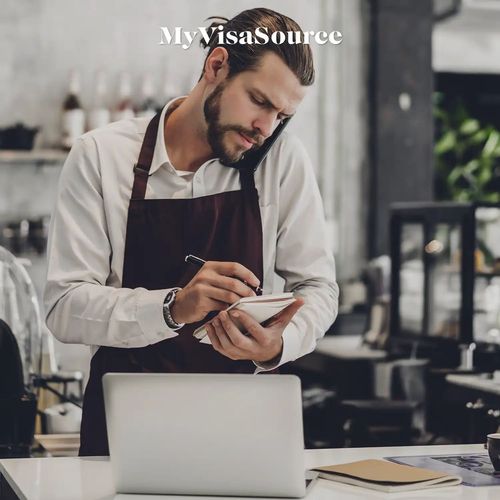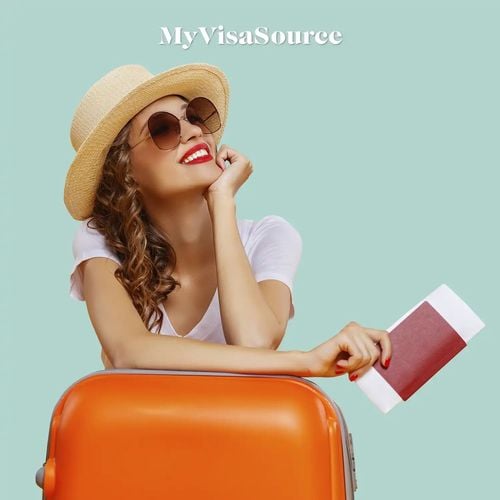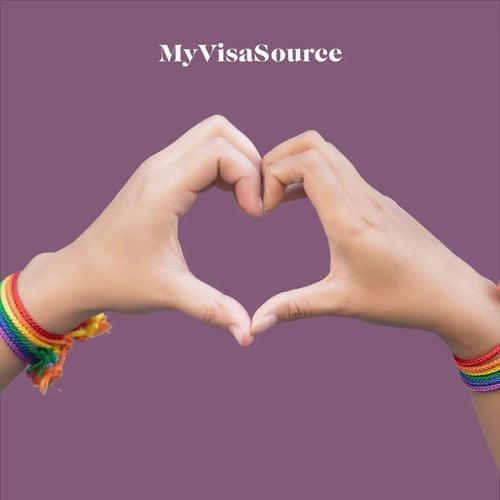However, in order to make sure that the application is successful, you need to be aware of the following five issues that could introduce complications into the spousal sponsorship process.
1. Valid Age of Dependent Is No Longer 22
Inland applicants who are attempting to sponsor a dependent child should be aware of changes implemented by the government that became effective as of August 1st, 2014. The age limit that your child will be considered a dependent has been lowered from 22 to 19 years of age.
However, the IRCC (Immigration, Refugees and Citizenship Canada) website does stress that “in all cases, a child will continue to be considered a dependent, regardless of age, if they have depended on their parents for financial support because of a mental or physical condition”.
The exception for children in school on a full-time basis who are financially dependent on their parents has also been removed. Previously, as long as your offspring were still enrolled in studies, they could apply for sponsorship as an inland candidate. This new change means that if your child is age 19 or above, they will have to apply on their own merit.
2. You Must Pay Your Fees Online
Payment of processing and other fees on time is an important part of the sponsorship process, so the recent changes to the payment system should be noted to make sure deadlines are not missed. As of April 1st, 2016, all fees for immigration and citizenship need to be paid online through the IRCC’s ePayment method.
The previous paperwork used for payment, the IMM 5401 receipt form, can no longer be ordered and the ones still in circulation will no longer be accepted as of March 31st, 2016. Considering these new deadlines, you need to make sure that you’re set up to pay using the new method as soon as possible.
To use the ePayment service, you’ll need to complete the application you’ll be paying for, have a valid email address, access to a printer and a valid credit card to enter into the system. All receipts are provided as .PDF files, which you may print out or store digitally as proof.
3. Reasons For Inadmissibility Still Apply, Even If You’re Already In Canada
Regardless of if you apply through an inland sponsorship process or while outside of Canada, the reasons for inadmissibility will always apply in both cases.
Reasons for inadmissibility include security issues such as a serious criminal record or proven activity with certain organizations. Medical inadmissibility tends to revolve around conditions that would threaten public health.
Inland sponsorship doesn’t get rid of inadmissibility just because a candidate is already in Canada, which affects permanent residency, not the ability to enter into the country.



















